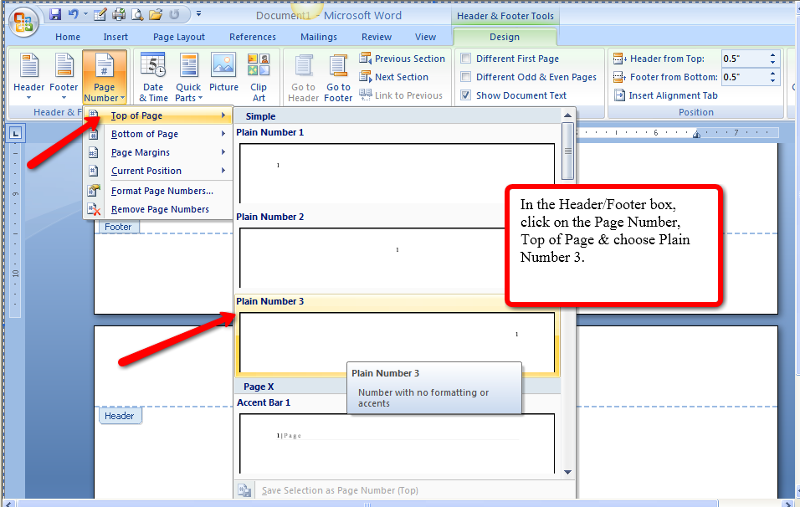

If more than one place of publication is listed give the publisher's home office.In titles of non-periodicals (books, videotapes, websites, reports, poems, essays, chapters, etc), capitalize only the first letter of the first word of a title and subtitle, and all proper nouns (names of people, places, organizations, nationalities).Do not italicize titles of parts of works, such as: articles from newspapers, magazines, or journals / essays, poems, short stories or chapter titles from a book / chapters or sections of an Internet document.Italicize the titles of works: books, audiovisual material, internet documents and newspapers, and the title and volume number of journals and magazines.For each author, give the last name followed by a comma and the first (and middle, if listed) initials followed by periods.Where the author is unknown, alphabetize by the first word in the title, ignoring the words a, an, the. In most cases, the first word will be the author’s last name. Alphabetize the list by the first word in the reference. Start the first line of each reference at the left margin indent each subsequent line five spaces (a hanging indent).Centre the title, References, at the top of the page. Start a new page for your Reference list.Here are nine quick rules for this Reference list. This will automatically insert your page number. To do this, hold the alt and shift keys at the same time, then press the letter p. You MUST use a keyboard shortcut to enter your page number. Now, to put in your page number, tab to the right margin. See the font page if you need more information about this.Your research paper ends with a list of all the sources cited in the text of the paper. Click inside the header area and put Running head: And your shortened title. Make sure that the font in your header matches the font in the rest of your paper.


In the dialog box, select 'Continue from previous section,' and click OK. To make sure that page numbers don't restart, in each section click Insert tab Page Number Format Page Numbers. Type the running head for your paper here and then hit the Tab key until the the number is pushed to the right side of the page. Selecting 'Different first page' in the first section would create a separate first page. The page number will appear on the left side of the screen with the cursor to the left of the number. Next, select Top of Page and then Plain Number 1, the first option that appears on the menu that opens up here. Double clicking your mouse button over this phrase will cause the header to open up.īefore typing anything into the header, select the Page Number option on the upper left side of the tool bar. Type the running head for your paper here and then hit the Tab key until the the number is pushed to the right side of the page. You should see the words at the top of the second page. Before typing anything into the header, select the Page Number option on the upper left side of the tool bar. Once you get to the second page of your paper, you will need to format how the header will appear for the rest of the paper. After typing in the running header, press the Tab key until the cursor is at the one inch margin on the right side of the page. Place the cursor on a blank place of the document and click Home > Multilevel List, then select the number list you need, in this example, I select the number. Ensure that the font matches the font you'll be using for the rest of your paper. Type the running head for your paper in the header box. In the Header & Footer section, select the Header option and then choose Blank from the menu beneath it.īefore typing anything into the header section that appears at the top of the screen, select the check box that says Different First Page, located beneath the Header & Footer Tools tab. Click on the Insert tab from the top tool bar.


 0 kommentar(er)
0 kommentar(er)
